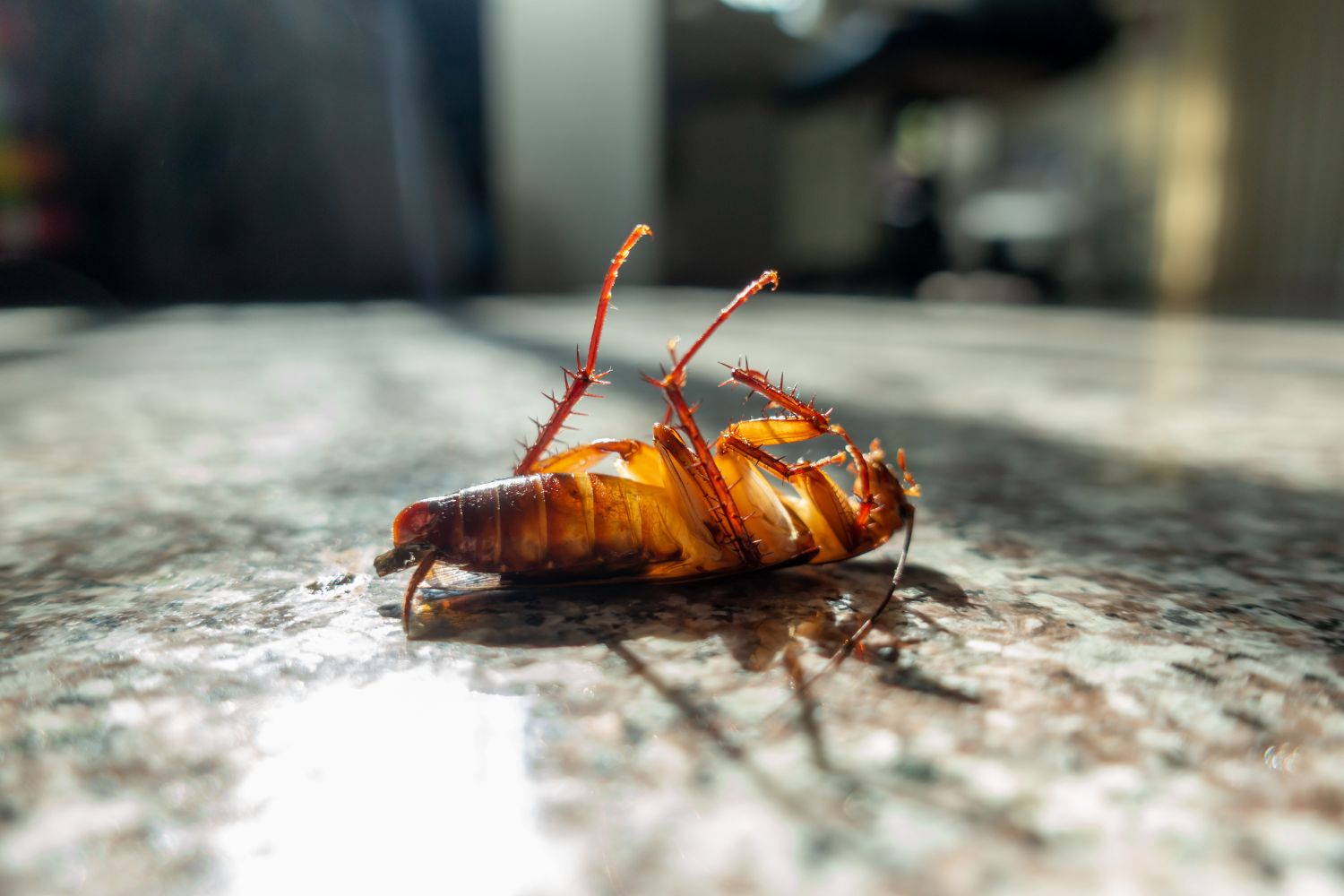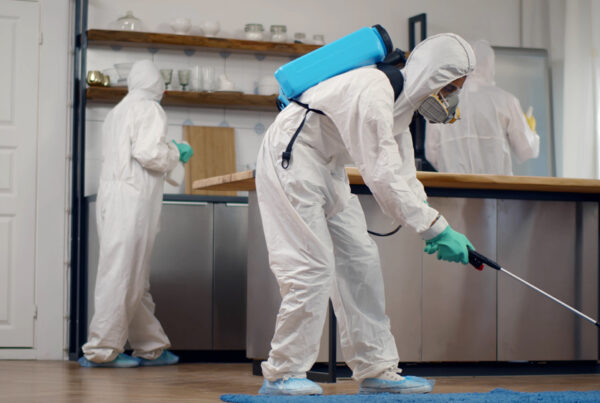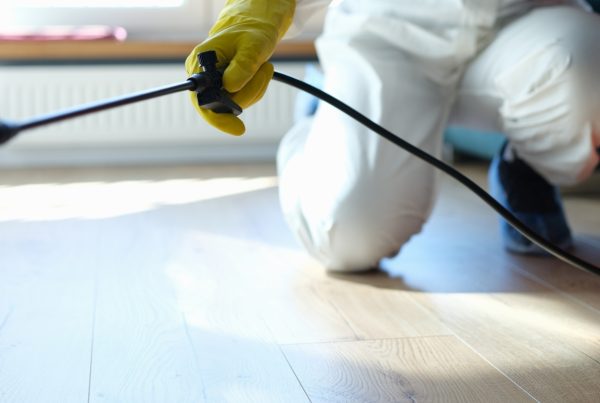Your Pest Control Doctor Has Recommended an X-ray of Your Building
On many levels, a multi-family building is like the human body. Key systems such as fire protection, elevator and HVAC are inspected routinely to keep the building healthy.
Though not a building system per se, pest control should be subject to the same proactive inspection schedule as other building systems that affect resident safety and comfort.
Let’s face facts. A chronic pest problem takes a big toll on resident satisfaction. A lot more than an air conditioning unit that is down for an hour or so. Not to mention long term damage to your precious brand. You can thank social media for that!
Keeping with the human body analogy, an orthopedic surgeon would never perform surgery on your knee without first taking an x-ray to determine the severity of the injury or source of chronic pain. Only after a thorough interview with the patient, x-rays and other tests, will a plan of action be established. This plan of action will include surgery as well as physical therapy after the surgery. In other words, the orthopedist will create a short and long term strategy for getting the patient restored to health.
The same concept should apply to your multi-family building. If you are not doing it already, do yourself and your residents a favor and build in an annual inspection into your protocols. Here at Pestex, we recommend and perform annual inspections for most of our residential and condominium communities. This provides us as well as the property manager and maintenance staff with an annual “real world” x-ray look into the health of the building.
During the inspection, each unit is inspected for evidence of mice, cockroaches, pantry pests, etc. If the resident is home, it allows us to interview them in greater details about pest activity/sightings. Each unit is given a letter grade (H=High; M=Moderate; L=Low) based on level of activity. These findings are put on a spreadsheet and units with high and moderate activity are immediately placed on a list for treatment.
The beauty of this inspection is that pest control goes from being reactive to proactive. Instead of responding to complaint units during our routine service, we proactively treat the units that have the most significant issues and spread them to other units. In multi-family buildings, it is typically the units that do not complain that are the epicenter of the pest control problem. Treating only the units that complain is treating the symptom (knee pain) rather than addressing the cause (torn meniscus).
In addition to performing annual inspections for pests, we also perform separate inspections for bed bugs involving specially-trained detection dogs.
When it comes to one’s body, an annual check-up with a physician is customary. Why would your building be any different? After all, a healthy building leads to resident safety, satisfaction and an overall sense of well-being.






